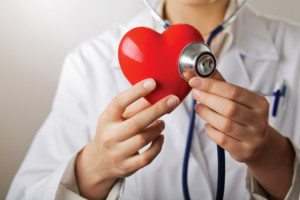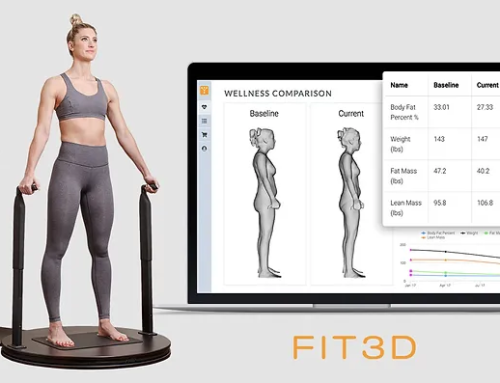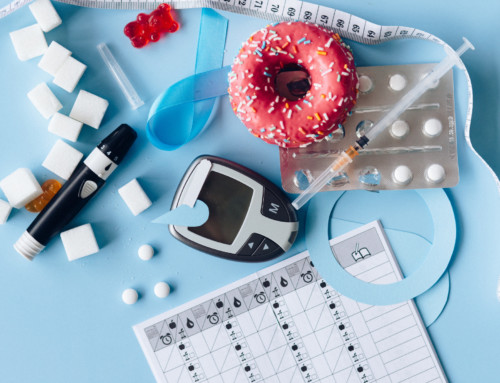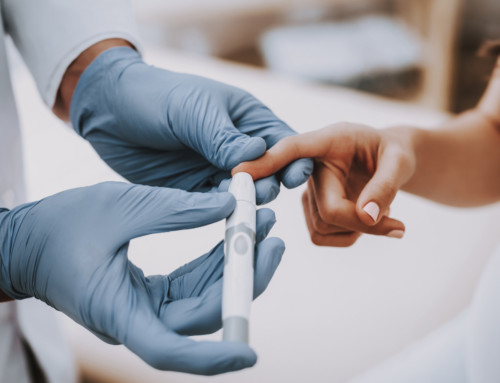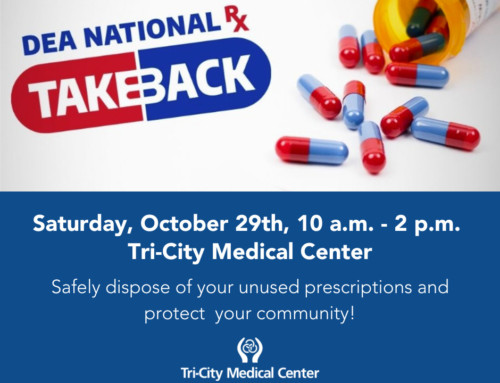June 30, 2022
“At Tri-City Medical Center, we offer the latest in arrhythmia testing, treatments and procedures for patients experiencing a rapid, irregular heart rhythm, or atrial fibrillation,” said Mohammad Pashmforoush, MD, PhD, a board-certified clinical cardiac electrophysiologist who is the director of the Electrophysiology Laboratory at the hospital. “AFib or AF is the most common form of arrhythmia and may cause blood clots, stroke, heart failure and other heart-related complications, if left untreated. Patients often describe it as a pounding, racing heartbeat and experience fatigue, sweating, dizziness or shortness of breath.”
The human heart beats about 100,000 times a day, pumping blood throughout the body, thanks to an electrical, or conduction system that controls the heart’s rate (speed) and rhythm (pattern). A person’s heart rate, or pulse, usually averages about 60 to 100 beats per minute (bpm) depending upon what the individual is doing – resting vs exercising, or if there is an underlying health issue. A normal sinus rhythm (NSR) is a pattern of electrical impulses, originating in the sinus node of the heart, which signal the heart muscle to contract, or beat so it can pump the blood. The conduction system ensures that the heart beats in a normal rhythm so that blood circulates and continuously exchanges oxygen-rich blood from the lungs with oxygen-poor blood from the rest of the body.
“Afib is a very serious condition and anyone experiencing symptoms should see their primary care doctor for a referral to a cardiovascular specialist for evaluation,” said Dr. Pashmforoush. “If the arrhythmia cannot be located during an initial series of tests, then we can perform electrophysiologic testing and cardiac mapping, called an EP study, in the electrophysiology lab at Tri-City.”
During an EP study, which may last about two to four hours, Dr. Pashmforoush inserts thin, flexible cardiac catheters tipped with electrodes into a vein in the patient’s groin, arm or neck; he uses moving X-ray images (fluoroscopy) to guide him as he threads the catheters through the blood vessels to different areas of the heart. Once in place, the electrodes can map the spread of electrical impulses through the heart. Dr. Pashmforoush may perform a series of tests to 1) measure how the electrical signals move through the heart, 2) safely simulate an abnormal heart rhythm to see how well a medication is working and/or determine the cause, 3) map the heart to locate the signal source, and/or determine the best place to perform a catheter ablation, and 4) assess the need for an implantable cardioverter device (ICD).
If a catheter ablation is selected as the course of treatment, then Dr. Pashmforoush can use either traditional radiofrequency ablation (heat) or cryoablation (cold energy) to intentionally scar and safely destroy the small portion of heart tissue causing the irregularity. Both are minimally invasive techniques. In cryoablation, he uses a catheter with an inflatable balloon to deliver liquid nitrogen to freeze the tissue around the veins; the blood can still flow, but the unwanted electrical signals cannot get through.
An ICD is a battery-operated device about the size of a credit card that monitors the heart’s rhythm and delivers electrical pulses or shocks – called defibrillation – if an abnormal rhythm is detected. Sometimes, arrhythmias can be life-threatening and lead to sudden cardiac arrest (SCA), where the heart stops beating without warning and proves fatal if not treated within minutes. The ICD, or defibrillator, is implanted on the left side of the chest just under the skin. A wire is threaded through an incision into a vein in the upper chest. Using x-ray monitors, Dr. Pashmforoush guides the wire into one of the heart’s chambers so that the leads are attached directly to the heart muscle. Patients generally require an overnight hospital stay.
“Once a patient has an ICD, I can know in minutes if there is any abnormal heart rhythm as the information is transmitted electronically to me,” said Dr. Pashmforoush. “I can quickly determine if the patient needs to come to the emergency room or is OK to come to my office. The technology is saving lives and reducing the risk for SCA.”
“As a cardiac electrophysiologist, it is very satisfying to have a patient who is very sick overcome their illness and eventually become healthy and return to their daily activities, thanks to the cutting-edge technology that is available today to treat Afib.”
To learn more about the cardiovascular services offered at Tri-City Medical Center’s Cardiovascular Health Institute, click here or call 760-940-LIFE (5433).
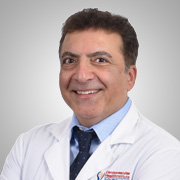
Mohammad Pashmforoush, MD, PhD
